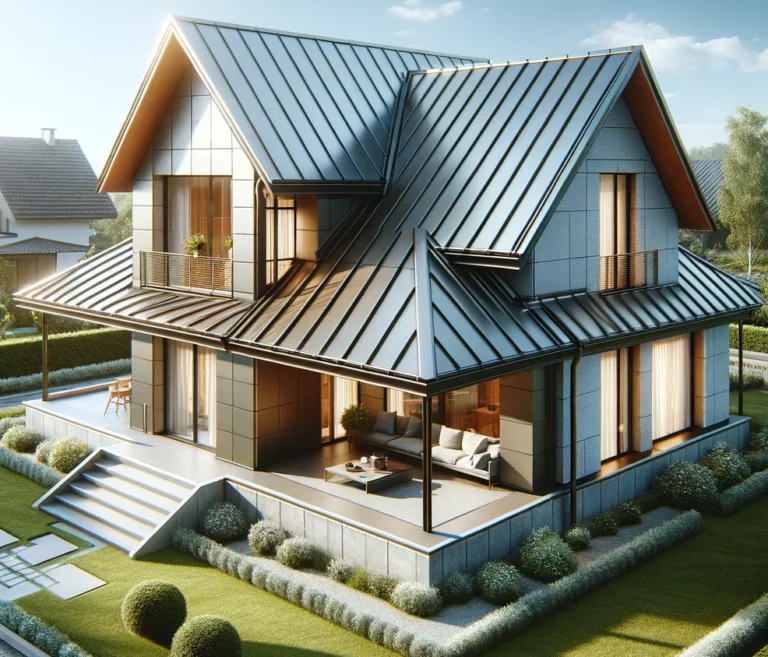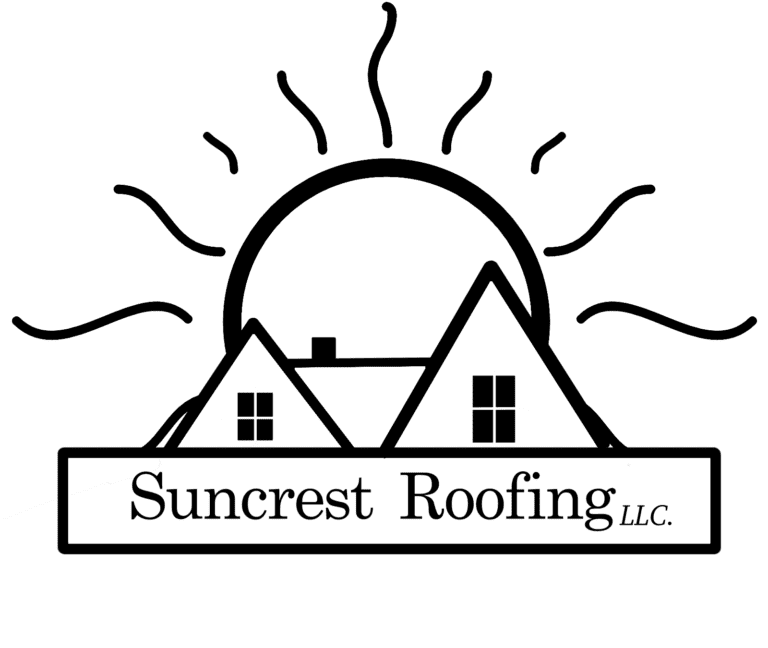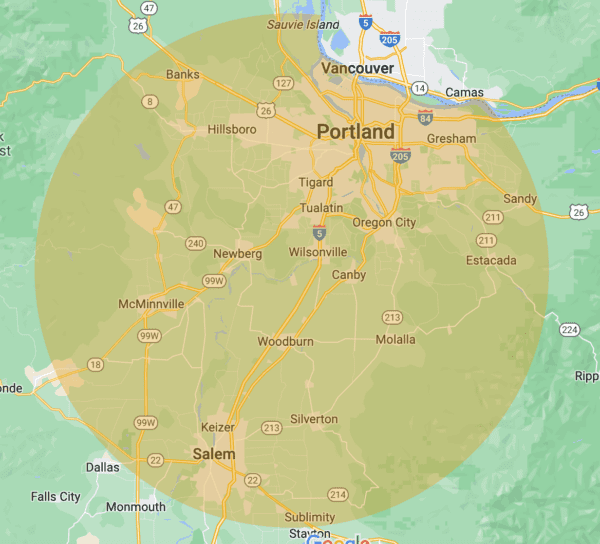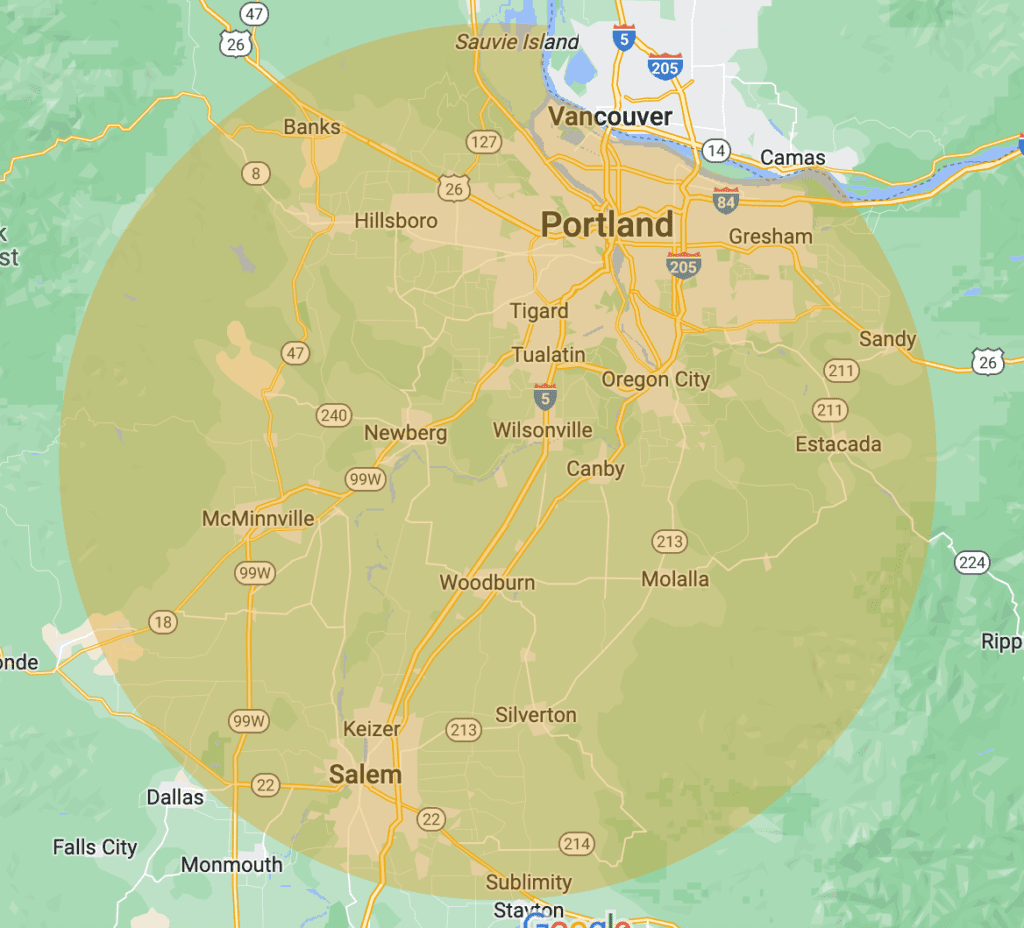Types of Metal Roofing
When it comes to the world of metal roofs, you’d be amazed at the vast array of options available. There’s a lot more than meets the eye! For instance:
Corrugated metal roofing is one type that’s quintessential for its traditional, rippled appearance. It’s essentially galvanized steel that’s been rolled into ridges for strength and rigidity.Corrugated metal roofing is hailed for its wind resistance, fire resistance, and overall long-term value. However, if you’re seeking something more aesthetically pleasing without sacrificing durability, metal shingles might pique your interest.
Metal Shingles come in an assortment of styles and finishes, including patterns reminiscent of conventional shingles or tiles. What makes them particularly intriguing is that many are manufactured from pre-painted metal which not only offers a broad spectrum of color choices but also enhances their resistance to elements such as hail.
Standing seam roofs are for those leaning towards a modern architectural look coupled with superior performance features, worth considering. These utilize long panels with raised interlocking seams that join each panel together – this design enhances their wind resistance tremendously.
Energy star certified option: An important certification to consider, these reflects more of the sun’s rays and can cut down cooling costs during summer months. This type proves its value in both saving energy and obtaining credits towards LEED certification – a globally recognized symbol of sustainability achievement.
Remember though—no matter what type you opt for—a professional installation is crucial to ensure maximum lifespan and return on investment! Keep in mind too that while the upfront cost may seem steep compared to other roofing materials, the impressive low maintenance nature and longevity of metal roofs often offset it over time.
Benefits of Metal Roofing
The impressive return on investment
Sure, the upfront cost might be a bit higher than other options, but when you account for its long lifespan and durability, it’s an investment that pays for itself in time.
Roofs can withstand the elements
Whether it’s corrugated metal or standing seam varieties, these robust materials are champions in wind resistance and hail resistance. Imagine the peace of mind knowing that your roof is less likely to suffer damage during severe weather conditions.
Energy efficiency
With a metal roof – especially one that’s been adorned with a shiny coat of Energy Star rated pre-painted metal – summer heat is reflected rather than absorbed into your home. This results in lower cooling costs during those sweltering summer months – isn’t that something to look forward to! Metal shingles or panels effectively insulate homes when temperatures drop as well – talk about a win-win situation! In fact, their high efficiency could even earn you LEED certification credits if you’re into environmentally-friendly building practices.
Fire resistance. That’s right – unlike wood or asphalt shingles, galvanized steel or other metal roofing materials don’t catch fire easily. That extra layer of protection against fires can mean reduced insurance premiums which add up over time for some serious long-term value.
Low maintenance
Once a professional installation takes place there’s little left to do but enjoy its aesthetic appeal along with its practical benefits. For those who value time and ease, this is an advantage that’s hard to overlook!
So, you see – the benefits of metal roofing are truly remarkable. A balance of durability, energy efficiency, safety and low maintenance makes it a compelling choice for homeowners seeking long-term value.
Cons of Metal Roofing
Notwithstanding the numerous benefits of metal roofing, there are a few drawbacks to consider before going all in on this investment.
Initial upfront cost can be a bit of a shock. You can expect to part with quite a hefty sum for those corrugated metal panels or standing seam systems compared to traditional roofing materials. The return on investment is high, yes – with low maintenance costs and an admirable lifespan that can stretch up to 60 years – but it’s not immediate; it will take time for those savings to manifest.
Noise pollution
When rain cascades onto galvanized steel, it tends to kick up quite the din which might not be everyone’s cup of tea. This issue can be mitigated somewhat by using extra insulation or installing the metal over an existing roof, but that will invariably bump up your costs even more.
Thinner metals such as aluminum may struggle under extreme conditions more than their thicker counterparts like copper or steel.
It’s also important to note that although most metals have high wind resistance and fire resistance ratings – especially pre-painted metal systems designed specifically for these reasons – not all roofing products are created equal in this regard.
Professional installation isn’t just recommended—it’s essential. Metal roofing requires specific tools and skills which makes DIY installation risky at best and catastrophic at worst—another factor that adds into the initial cost equation. Despite these drawbacks though, many people feel that the long-term value provided by metal roofs far outweighs any cons associated with them – particularly if their home is LEED certified or aims for Energy Star standards due to their energy efficiency. Therefore, you should carefully consider these factors in order to make a well-informed decision that will benefit you in the long run.
Conclusion
In the grand tapestry of roofing options, metal options like standing seam, corrugated metal or metal shingles provide a compelling blend of strength, style and sustainability. With outstanding hail resistance and fire resistance, they often outshine traditional roofing materials in durability. The initial upfront cost might make you hesitate, but consider the long-term value. The lifespan of a metal roof can far exceed that of traditional materials – they’re known for their low maintenance needs and ability to stand strong against brutal winds.
